Optimal Seasons for Landscaping Projects
Landscaping projects are most effective when scheduled during optimal weather conditions and seasonal periods. Proper timing ensures healthier plant growth, better soil conditions, and longer-lasting results. Understanding seasonal variations can help achieve the desired aesthetic and functional outcomes.
Spring offers ideal conditions for planting and installing new landscapes due to moderate temperatures and increased rainfall. It allows plants to establish before the heat of summer.
Summer is suitable for maintenance and certain hardscape projects. However, planting should be limited to drought-tolerant species due to higher temperatures.
Fall provides cooler weather and ample moisture, making it a prime time for planting trees, shrubs, and perennials to promote root development.
Winter is generally less suitable for planting in colder regions but can be used for planning, designing, and installing hardscapes in milder climates.
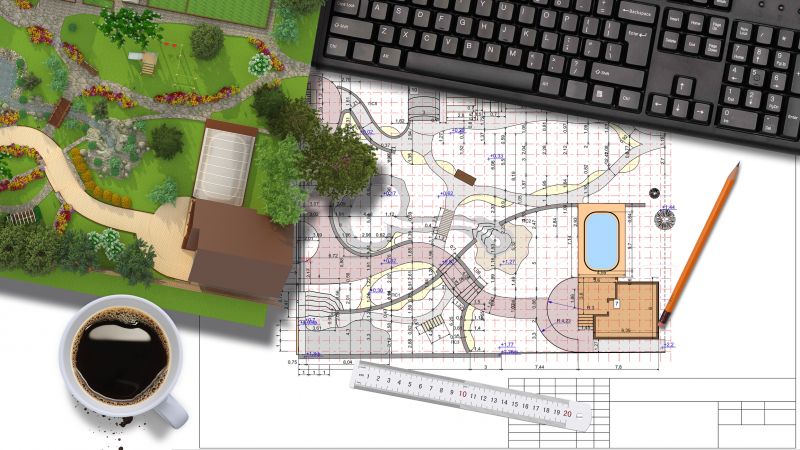
Ways to make Landscapings work in tight or awkward layouts.

Popular materials for Landscapings and why they hold up over time.
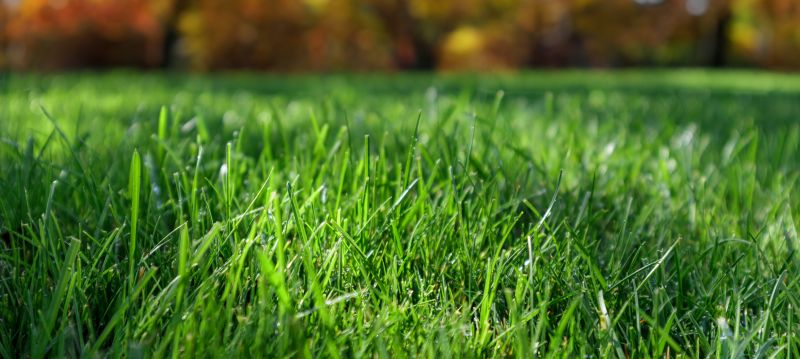
Simple add-ons that improve Landscapings without blowing the budget.
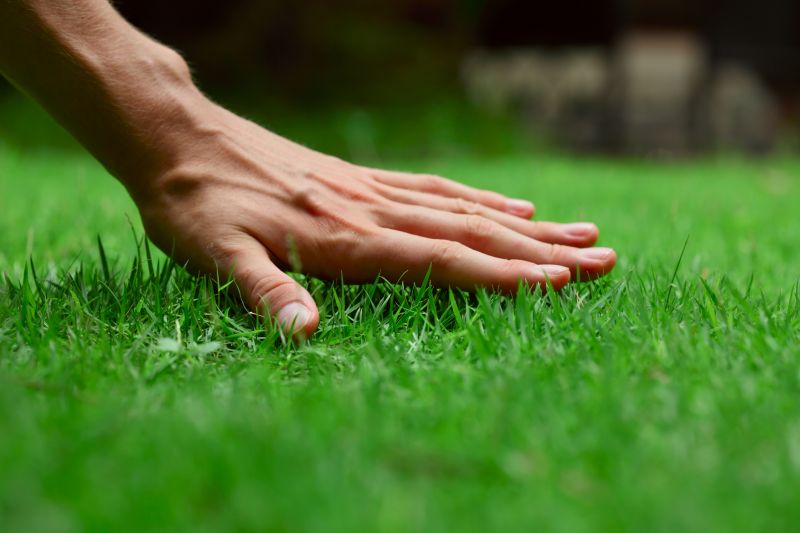
High-end options that actually feel worth it for Landscapings.
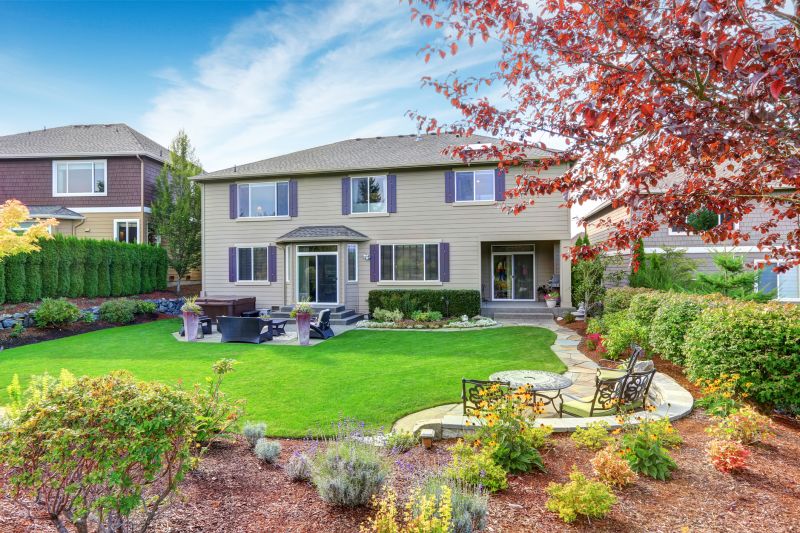
Finishes and colors that play nicely with Landscapings.
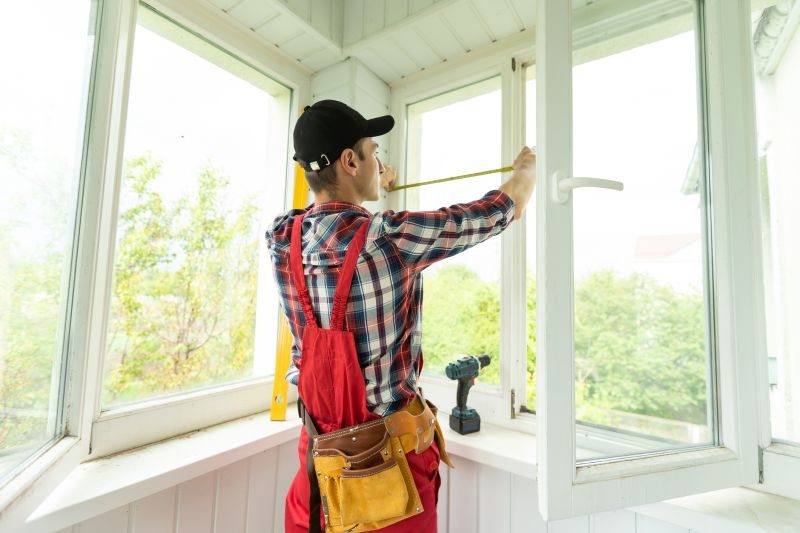
Little measurements that prevent headaches on Landscapings day.

A 60-second routine that keeps Landscapings looking new.

A frequent mistake in Landscapings and how to dodge it.

Small tweaks to make Landscapings safer and easier to use.

Lower-waste or water-saving choices for Landscapings.
| Season | Ideal Activities |
|---|---|
| Spring | Planting, soil preparation, landscape installation |
| Summer | Maintenance, irrigation, hardscape projects |
| Fall | Tree planting, shrub installation, soil amendment |
| Winter | Design planning, hardscape installation in mild climates |
Timing is crucial for successful landscaping. Spring and fall are generally preferred for planting due to favorable weather conditions. Summer requires careful planning for maintenance and drought-resistant plants, while winter is best suited for designing and installing hardscape features in suitable climates.



